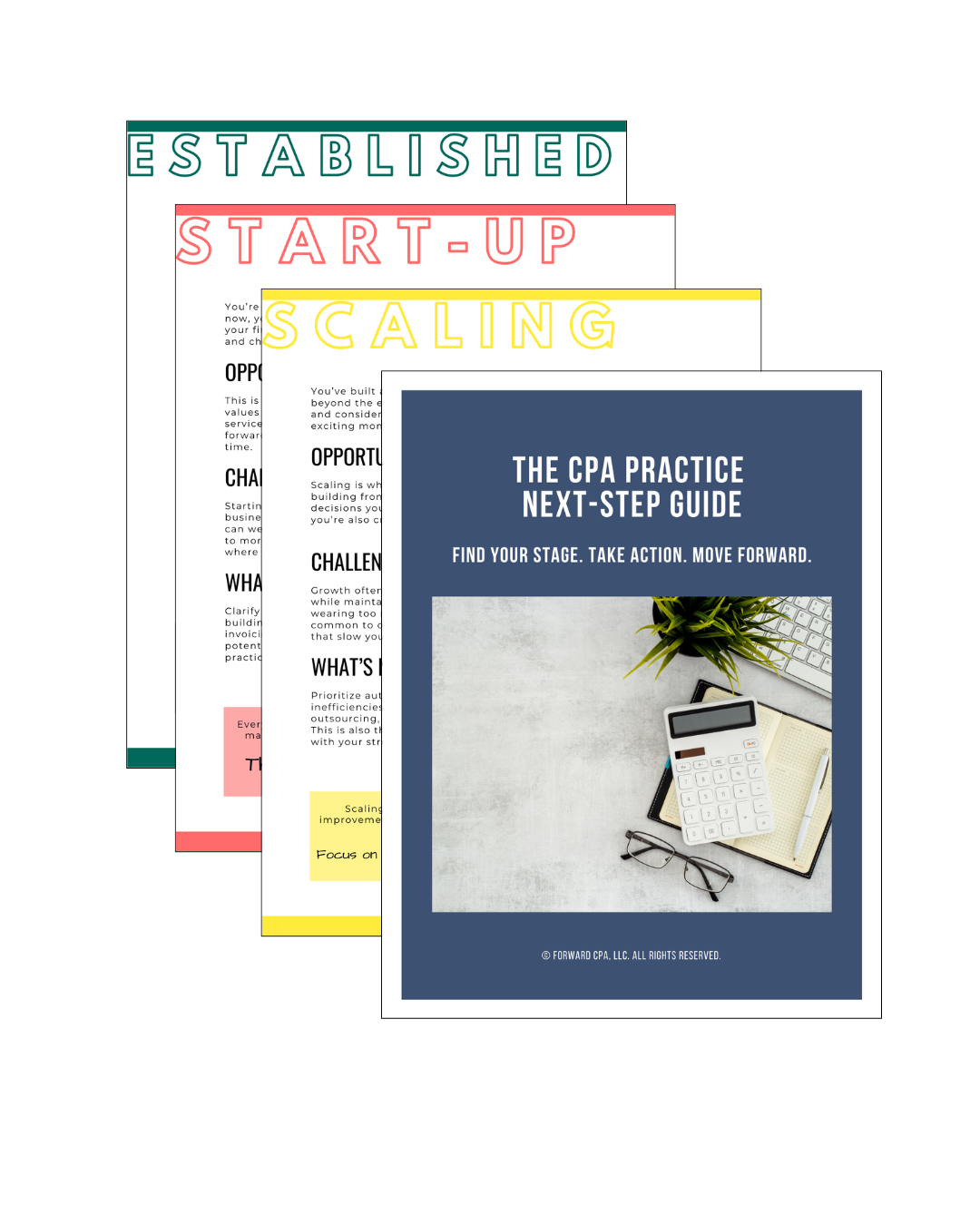What if Government Audits Were Designed to Be Repeatable, Not Rebuilt Every Year
Nov 15, 2025
You close out one audit season and think,
“Next year will be smoother.”
But then the next year arrives…
📁 You’re digging through old files
📄 Recreating templates
🧠 Trying to remember what worked last time
🔁 Rewriting the same disclosures
🗓️ Reorganizing the same folders
It feels like you’re rebuilding the entire process from scratch. Again.
But what if you didn’t have to?
What if government audits were designed to be repeatable—built on systems, not memory?
Here’s why the current model burns us out—and what it would look like to build a firm that scales with consistency, not stress.
The Problem: Government Audits Aren’t Built to Scale (Yet)
Most government audits—especially in small firms—are run on institutional knowledge.
They’re held together by muscle memory, a handful of saved spreadsheets, and someone who’s “just always known how to do it.”
That works… until:
-
You hire new staff
-
You grow your client base
-
Your reviewer leaves
-
You can’t remember which version of the file is final
-
You get a peer review and have to explain your process
Without systems, every audit is a reinvention.
What a Repeatable Audit Looks Like
A repeatable audit isn’t rigid. It’s flexible—with structure.
It allows you to serve different clients, adjust to risk, and meet deadlines—without rebuilding the entire foundation every year.
✅ In a repeatable audit system:
-
Workpapers follow the same layout across all clients
-
Templates are pre-formatted with tie-outs and sign-off areas
-
Trial balances drop into disclosure tables with minimal cleanup
-
Review checklists guide quality control
-
Staff know what “done” looks like—without asking
-
Adjustments are logged consistently, not buried in comments
-
You update your tools once per year, not mid-fieldwork
It’s not about doing less. It’s about doing it smarter.
Why It Matters—Now More Than Ever
Audit deadlines aren’t getting easier. Staff capacity isn’t magically increasing.
And if your firm is like most, you’re taking on more government clients as others exit the space.
If your current model depends on your memory, your time, and your ability to “just make it work”…
you’re setting yourself up to hit a wall.
Repeatable systems don’t just save time. They:
✅ Improve training
✅ Support growth
✅ Reduce review hours
✅ Make audits easier to delegate
✅ Protect your process in peer review
✅ Reduce errors and missed steps
How to Start Building Repeatability into Your Audit Process
You don’t need to overhaul your entire firm overnight. Start small and build momentum.
🔹 Step 1: Standardize Your Folder Structure
Use the same folder layout across all audits. Start with key areas:
-
Trial Balance
-
Cash
-
Debt
-
Capital Assets
-
Federal Programs
-
Disclosures
-
Final Report
🔹 Step 2: Create Workpaper Templates for High-Touch Areas
Start with areas that take the most time to prep and review.
Build templates for:
-
Bank reconciliations
-
Capital asset rollforwards
-
Debt schedules
-
SEFA tracking
-
AJE logs
🔹 Step 3: Record Quick How-To Videos
Use Loom to record 5-minute walk-throughs of how to use each template.
Future staff (and future you) will thank you.
🔹 Step 4: Build a Review Checklist
List the 3–5 things you always forget to check—or that get flagged in peer review.
Turn them into a checklist for each engagement.
🔹 Step 5: Improve One Audit at a Time
Each time you finish an audit, take 15 minutes to ask:
-
What slowed us down?
-
What was unclear?
-
What can we reuse next time?
Then build that improvement into your system.
You Don’t Need to Work Harder—Just Smarter
You became a CPA to solve problems—not to reformat the same schedule 14 times.
If government audits are going to stay sustainable for small firms, they can’t be rebuilt every year.
They need to be systematized. Standardized. Structured to scale.
Start with one folder. One template. One process.
Build once—use forever.
Because the best audit isn’t the one you powered through with late nights.
It’s the one that ran smoothly—because the system already knew what to do.
Your Next Step Forward
Join the newsletter designed to help CPAs take the next best step in building a practice they love, with practical insights, game-changing tools, and quick wins in every email.
We hate SPAM. We will never sell your information, for any reason.




